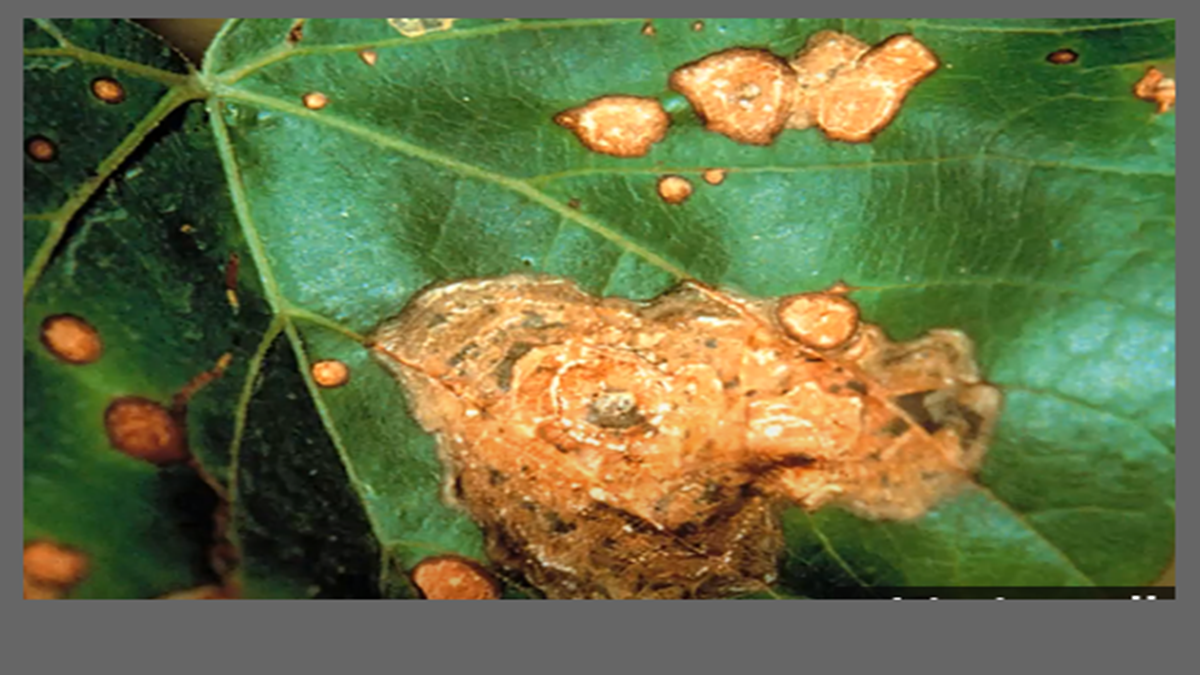Necrosis in Plants: Causes, Symptoms, and Prevention
Introduction
Vegetables, fruits, and decorative plants are all susceptible to the disease known as necrosis in plants. It is a serious issue that has the potential to seriously harm or even kill plants. Necrosis, which causes black or dark blotches on the leaves, stems, and fruits of a plant, is the premature death of cells or tissues of a plant. In this post, we’ll talk about plant necrosis’ causes, signs, and ways to avoid them.
Plant necrosis can happen for a number of causes. Among the most frequent causes are:
Lack of water: Plants must have access to water in order to thrive, and if they don’t, they may become dehydrated and succumb to necrosis.
Nutritional deficiencies: For plants to thrive and expand, critical nutrients are also necessary. Necrosis can occur when certain nutrients are deficient.
Infections caused by specific fungi and bacteria: Some fungi and bacteria can kill plants by necrosis. These infections have a high potential for rapid spread and severe harm.
Exposure to pesticides: Excessive or inappropriate application of pesticides can harm plants and cause necrosis.
Extreme temperatures: Plants that are subjected to temperatures that are either too hot or too cold can succumb to necrosis.
Plant Necrosis Signs and Symptoms
Depending on the reason, there are various ways that plant necrosis might appear. The following are a few of the most typical signs of plant necrosis:
Leaf, stem, or fruit markings that are dark brown or black
Drooping or wilting leaves
Slower growth
A fading of the leaves
Dry or crumpled leaves
How Can Plant Necrosis Be Prevented?
Plants must be protected from necrosis if they are to live long and prosper.
Here are some recommendations for avoiding plant necrosis:
Regularly water plants: Make sure plants get enough water, especially in hot weather or drought conditions.
Plant fertilisation: Use a balanced fertiliser to provide plants the nutrients they need.
Use pesticides sparingly and strictly according to the directions to prevent overuse.
Keep an eye on the temperature to make sure that plants are not subjected to extremes, and if required, provide shade or cover.
Regular pruning of plants can help to improve plant health and stop the spread of illnesses.
What is ‘coagulative necrosis’?
Cell death known as coagulative necrosis happens when the blood supply to a specific tissue or organ is cut off. The damaged cells eventually lose their capacity to maintain their structural and functional integrity during this process, which causes them to stiffen and turn pallid. The nuclei and cell membranes of the deceased cells are also lost, and they are replaced by a granular, amorphous substance. Because the dead tissue appears to have coagulated or become denatured, like an egg white that has been boiled, this process is known as coagulative necrosis. Organs like the heart, liver, and kidney frequently experience coagulative necrosis, which is frequently brought on by ischemia, infarction, or specific toxins.
Examples of coagulative necrosis-inducing toxins:Examples of chemicals that cause coagulative necrosis include: Some bacterial toxins, like those produced by the Clostridium species, can infect tissues and lead to coagulative necrosis. This kind of necrosis can also be brought on by the venom of some venomous snakes.
Examples of diseases that can cause coagulative necrosis: Diseases that might result in coagulative necrosis include the following: The most typical cause of coagulative necrosis in the heart muscle is myocardial infarction (heart attack). This kind of kidney necrosis can also result from renal infarction, a stoppage of blood supply to the kidneys.
Examples of medical treatments that use coagulative necrosis: Examples of coagulative necrosis-based medical procedures include: Extreme cold is used in the medical procedure known as cryotherapy to cause coagulative necrosis in aberrant tissues including tumours and warts. Similarly, ionising radiation is used in some types of radiation therapy to cause coagulative necrosis in malignant tissues.
Examples of histological features of coagulative necrosis: Examples of coagulative necrosis histological characteristics: When examined under a microscope, coagulative necrosis is distinguished by the loss of nuclei, eosinophilic staining of the cytoplasm, and preservation of tissue architecture (although this can be altered by subsequent inflammation).
Necrosis in Plants: FAQs
Q: Can necrosis in plants be reversed?
A: In some cases, necrosis can be reversed if the underlying cause is addressed. However, in many cases, the damage is irreversible.
Q: How can I tell if my plant has necrosis?
A: Look for black or brown spots on leaves, stems, or fruits, as well as wilting or yellowing of leaves.
Q: Can necrosis spread from plant to plant?
A: Yes, necrosis can spread from plant to plant, especially if caused by a fungal or bacterial infection.
Q: Is necrosis in plants contagious to humans or animals?
A: No, necrosis in plants is not contagious to humans or animals.
Q: Can overwatering cause necrosis in plants?
A: Yes, overwatering can lead to necrosis in plants by depriving roots of oxygen.
Q: Can necrosis in plants be caused by too much sunlight?
A: Yes, too much sunlight can cause necrosis in plants, especially if they are not adapted to high levels of light.
Also Read: Operation Flood(India’s Milk Revolution): A Revolution in Indian Dairy Industry
